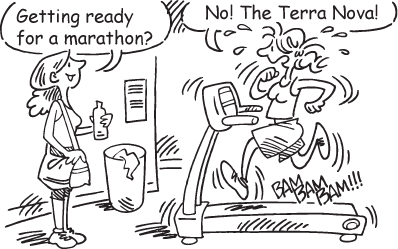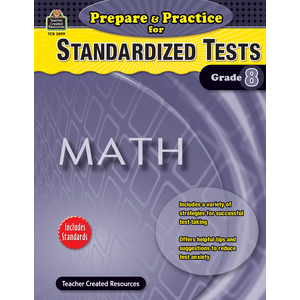A sponge activity is something that teachers give students to work on as they come in the room or to keep the students busy while the teacher takes care of necessary business, like taking attendance, getting the lunch count, or collecting notes and homework. Sponge activities are also useful during transition periods while the teacher needs to reteach several students or to nudge someone into finishing. They are the activities or assignments that are made to “soak up” those wasted minutes when students may otherwise get out of control.
Sponge activities can be used to refocus students on something they have previously learned. For example, “Use your textbooks to write down the names of the three explorers that we talked about yesterday and when they explored.
Or they might be something like a puzzle, question, or a problem to solve that is used to challenge students and keep them busy while the teacher takes care of his/her required paper work. You might challenge your class to a question a day like, “Why is the sky blue?” It gives students a chance to make suppositions about something they will (or may) study later.
Good sponge activities give students an opportunity to review, talk, or write about something they have learned. Sponges are best if they can be posted for the students to read when they are ready to complete the activity.
Super Sponge Activities
- Play 5 x 5. This is easily accomplished by making a grid of 25 squares. Choose five categories. Place one at the top of each box. Then randomly choose five letters and place one on each box down the side. Have students call out words that fit each category. This is really handy when working with a theme that you wish to review.
- Charades is a fun sponge, especially to use as a review. Use spelling or vocabulary words, titles of books by authors the class has studied, or activities going on in school. Put these on slips of paper and place in a container. Let individuals or groups of students choose one and act it out.
- Read aloud to your class! Keep some funny, short stories or a book of limericks available for a quick read.
- Play “baseball.” Choose a skill that needs to be reviewed. Draw a baseball diamond on the board. Choose a scorekeeper. Divide the class into two teams. Determine which team is up first. Ask each player a review question. If the player answers correctly, have him or her run the bases by marking the diamond base on the board. A run is scored every time a player touches home base. If the team misses three questions, the other team is up.
- Try some rhythms. Clap or tap out a rhythm and then have students repeat it. Vary the patterns and the lengths, making them increasingly more challenging.



